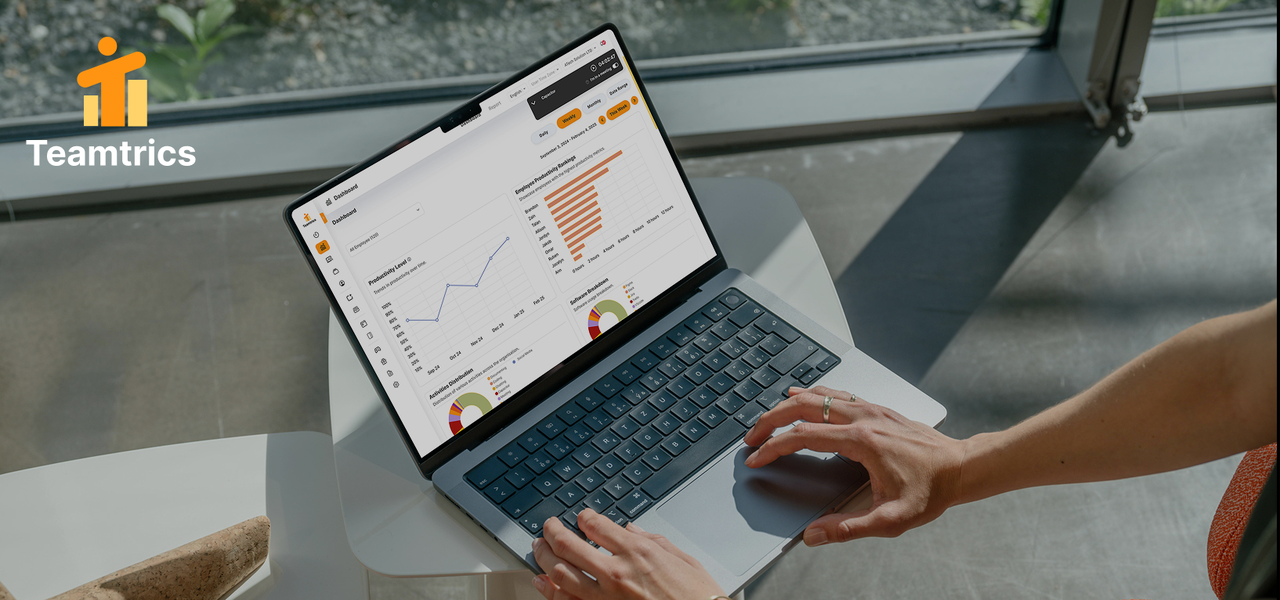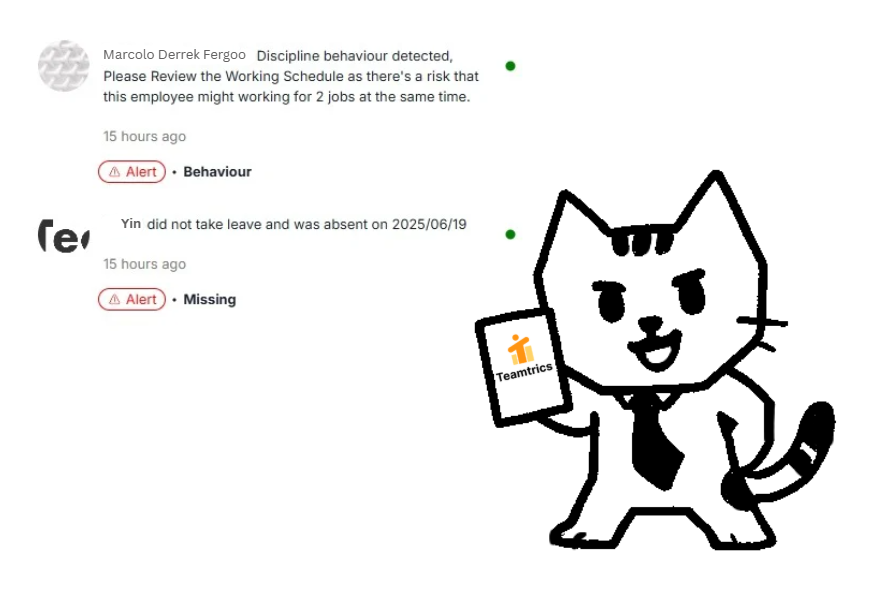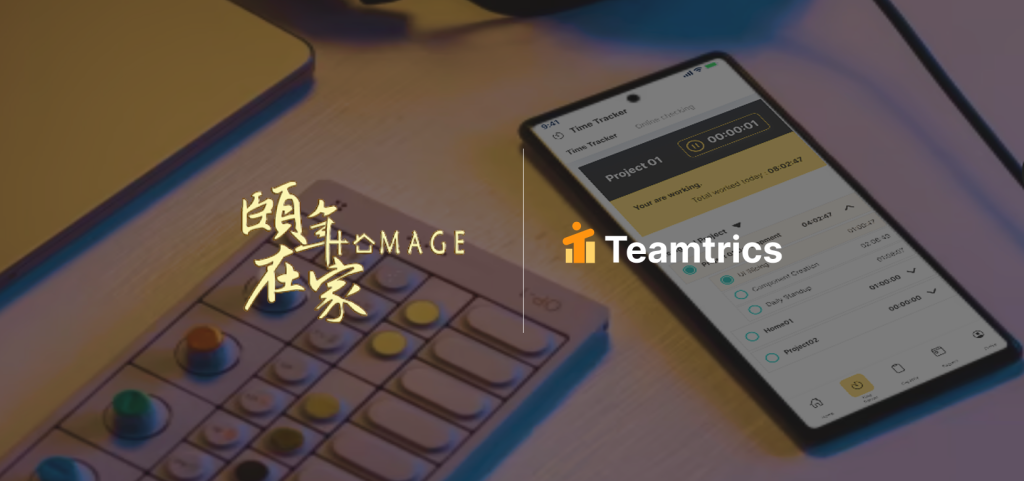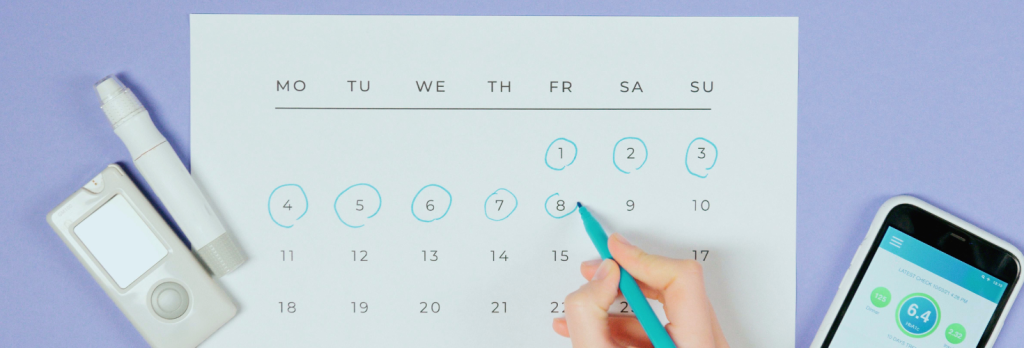Boost your workplace productivity with actionable formulas, AI-powered analytics, and productivity calculators. This in-depth guide covers how to measure employee performance effectively using productivity formulas tailored for hybrid and remote teams. Explore the future of work with powerful tools like Teamtrics, a leading AI platform that helps teams thrive in flexible environments. Discover how smart tracking, CRM systems, and project management software transform performance reviews and team collaboration in 2025.
What is Labor Productivity and How Is It Different from Employee Productivity?
Understanding the distinction between labor and employee productivity is crucial for optimizing performance. Labor productivity generally measures output per hour worked across the organization, while employee productivity focuses on individual or team output based on tasks or value delivered. Together, they help companies determine efficiency at both macro and micro levels.
Why Measuring Productivity is Essential for Remote and Hybrid Teams
With the rise of WFH, WFA, and hybrid models, productivity measurement tools have become vital. They not only reveal performance gaps but also protect employee wellbeing by surfacing signs of burnout early. When paired with AI-powered analytics like Teamtrics, organizations can gain real-time insights and support a high-performing, healthier team.
Key Metrics and Formulas to Measure Productivity Effectively
The Labor Productivity Formula
Formula: Labor Productivity = Total Output / Total Hours Worked This basic formula helps managers assess how efficiently labor hours convert into results. For example, if your development team delivers 500 story points in 1,000 hours, productivity is 0.5 points/hour.
Employee Productivity Ratio Formula
Formula: Employee Productivity = Revenue / Number of Employees This classic benchmark is ideal for high-level assessments. However, it lacks granularity. That’s where tools like CRM integration and project tracking come in to offer deeper behavioral insights.
Advanced Metrics for DevOps and Agile Teams
Modern teams using Scrum or DevOps need contextual metrics like velocity, lead time, or sprint goal completion rate. Combining these with productivity software like Teamtrics enables personalized, actionable reporting that helps teams iterate faster and stay aligned.
How the Productivity Calculator Helps Your Business Understand Performance
A productivity calculator simplifies complex formulas and integrates them into a user-friendly format. Teamtrics’ calculator combines CRM, task management, and behavioral analytics to deliver accurate insights tailored to your team’s workflow. It flags performance bottlenecks early, enabling smarter resource allocation.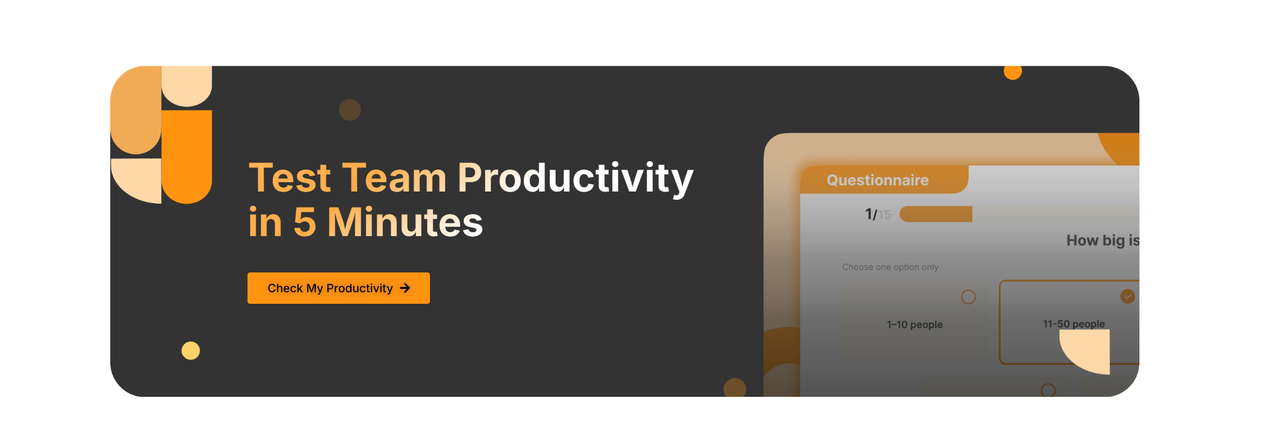
Practical Examples of Calculating Employee Productivity
Let’s say a team of 10 developers completes 800 tasks in a month. Using a weighted formula that factors in task complexity and engagement, Teamtrics generates a tailored scorecard for each member. This allows for more equitable evaluations than blanket output metrics.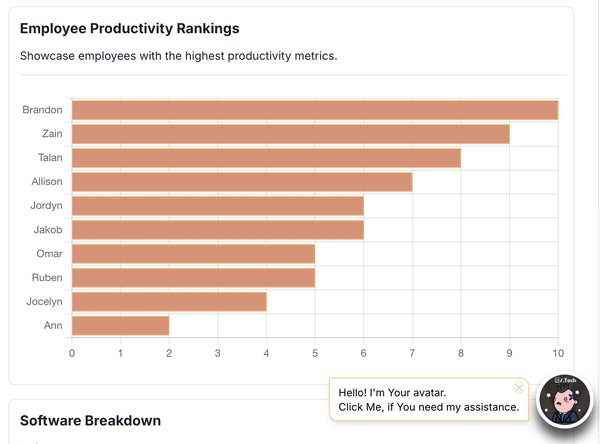
Common Misconceptions About Productivity Formulas
One major myth is that higher hours mean higher productivity. In reality, overworking often leads to burnout and poor results. Another misconception is that productivity tracking is surveillance. In truth, with ethical AI tools like Teamtrics, it’s about understanding and supporting teams better.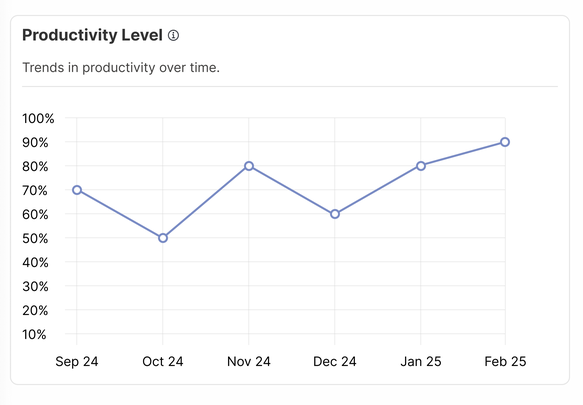
Let AI-Powered Analytics Automate Productivity Insights with Teamtrics
Instead of manual tracking, Teamtrics uses behavioral analytics and intelligent workflows to surface insights that matter. With features like Custom Quests, Team Wellness Scores, and Real-Time Capacity Insights, managers can make informed decisions without micromanaging. It’s not about watching, it’s about enabling.
Summary
Understanding and applying the right productivity formulas is essential for building a high-performance team, especially in remote and hybrid work settings. This guide covers traditional and advanced metrics, productivity calculator usage, and common pitfalls to avoid. Platforms like Teamtrics offer AI-powered analytics that not only simplify these calculations but also enhance employee satisfaction and wellbeing. By aligning productivity measurement with ethical data use and smart collaboration tools, companies can thrive in the new era of work.
FAQ
- What is the best way to calculate employee productivity in remote teams?
For remote teams, traditional formulas like output per hour can be misleading. The best method combines behavior analytics with CRM, project tracking, and sprint data. Platforms like Teamtrics offer integrated tools that give managers a full picture of both efficiency and employee wellbeing. - Can productivity formulas apply to creative or non-quantifiable roles?
Yes. While it’s harder to measure creativity with numbers, you can evaluate engagement, contribution to strategic outcomes, and peer feedback. Teamtrics allows for customizable metrics to suit different roles, ensuring even qualitative performance can be tracked ethically and effectively.

